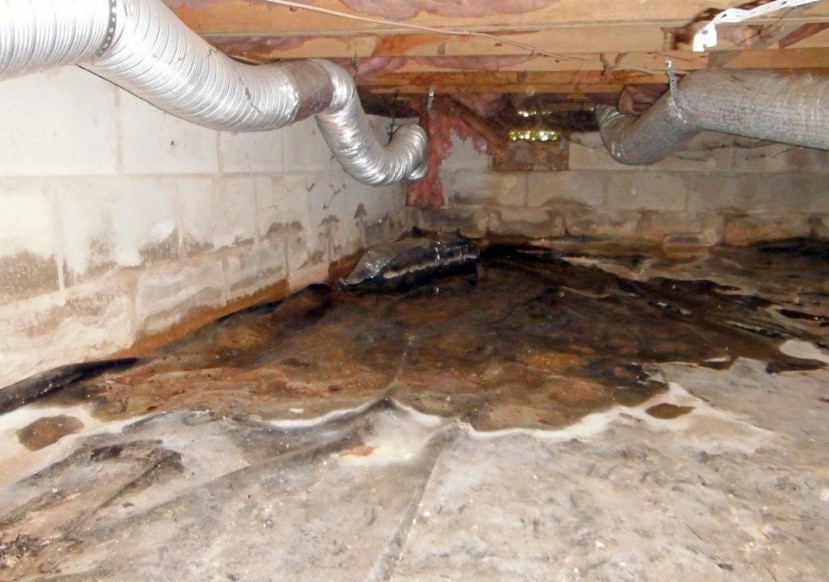
Most dwellers are caught off guard whenever sudden floods strike home. Experts can help save your property by analyzing the source of the flood and providing emergency services. Orland Park water restoration experts can also find and eliminate the water quickly. Managing water damage caused by trapped moisture in the walls, floors, and crawl spaces is challenging. However, drying techniques can be dealt with efficiently.
Orland Park residents are exposed to all four seasons
Water damage can occur for various reasons in Orland Park, IL. Winter months can bring frozen and burst pipes. Summer can bring heavy rain, sewage backups, and general leaks. Orland Park water restoration companies will use advanced water extraction, dehumidification, and air moving equipment to remove standing water and restore damaged structures. In addition, restoration professionals use the latest technologies and materials to prevent the spread of mold and mildew by eliminating all kinds of moisture from affected areas.
Sewage and floodwaters leave behind debris and saturate belongings. A small fire will leave soot on furnishings and essential documents. A local disaster restoration company such as Restoration 1 offers full-service restoration services for homes and businesses in Orland Park, IL. Our experts provide complete water, fire, and mold restoration services. No matter how large or small your disaster, restoration experts from Restoration 1 can handle the damage, including mold remediation.
Managing issues caused by trapped moisture in walls, floors, ceilings, and crawl spaces
Many homes built on crawl space foundations are affected by poor moisture management. Though symptoms usually appear during humid spring and summer seasons, they can also develop at any time of year. It is essential to know that these problems are not caused by malfunctioning air conditioning systems but rather by poor moisture control in the crawl space. Here are some common issues that occur when trapped moisture in walls, floors, ceilings, and crawl spaces affects homes:
Excessive rainfall can cause your crawl space to flood. Improper landscaping can allow standing water to seep into the home. A high water table can also result in a flooded crawl space.
Tightening your home’s seal and maintaining proper ventilation are the best ways to minimize the effects of trapped moisture in the walls, floors, ceilings, and crawl space. Regardless of the cause of the problem, these problems can pose a significant health risk for homeowners and even lead to structural damage. When left unchecked, trapped moisture can result in serious health problems, including mold growth.
Using effective drying techniques to accelerate evaporation
Effective drying techniques can help speed up the drying process. These techniques utilize specific measurements to quickly remove excess moisture from the affected areas, including the air and water evaporation potential. Dalton’s Law of Evaporation focuses on this principle, which is the key to speed drying. In restoring a home, Orland Park water restoration specialists use various techniques to achieve the best results in restoring a house.
Advanced Structural Drying consists of an intensive process for restoring a building after a flood. It involves using comprehensive knowledge and tools to complete the process and technical principles. The IICRC sets the industry standards for water damage restoration, including three main components contributing to a successful drying process. The first component. The second component is adequate drying techniques.
